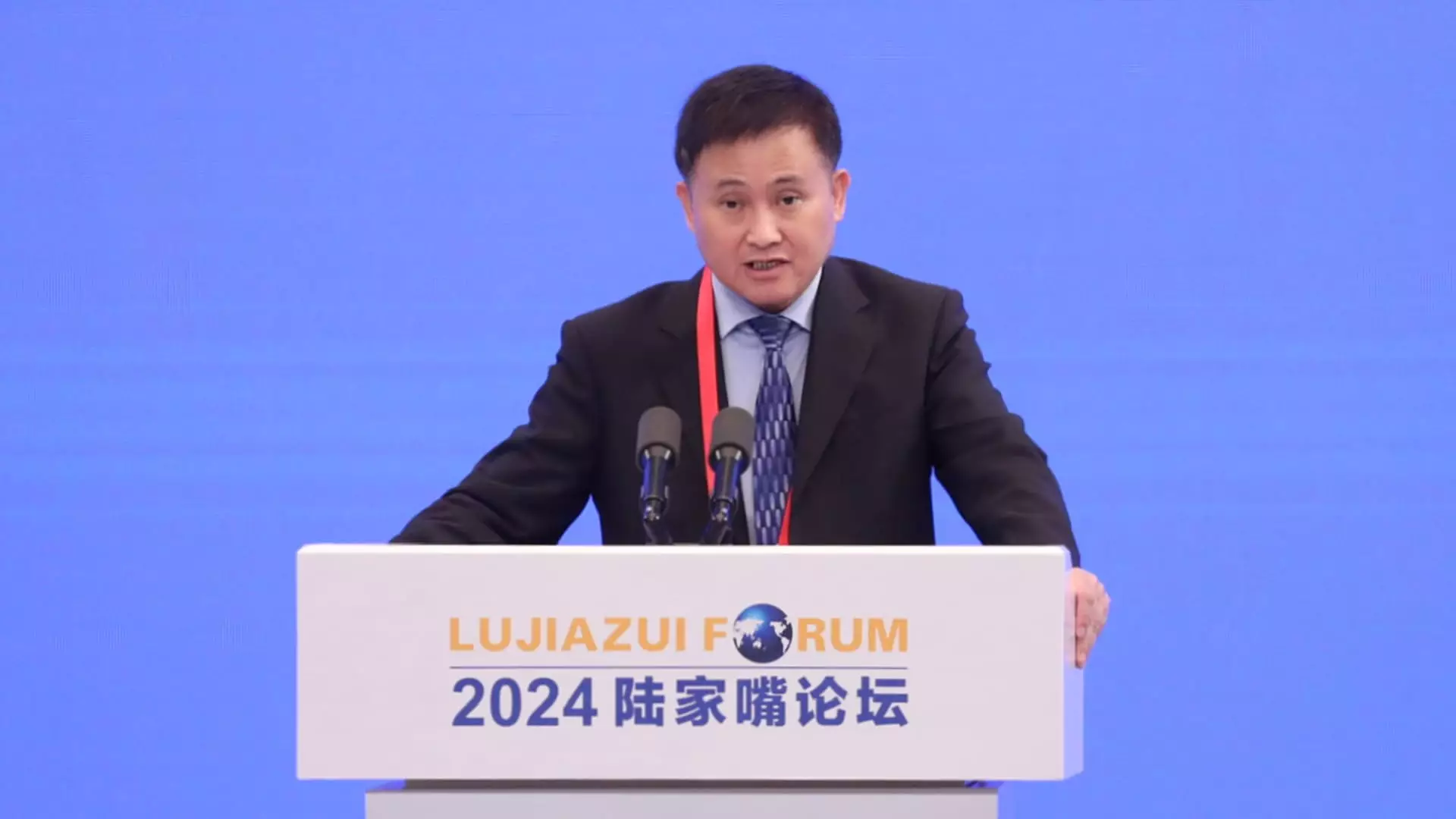In a significant meeting on Tuesday, the People’s Bank of China’s Governor, Pan Gongsheng, reaffirmed the central bank’s commitment to maintaining a supportive monetary policy aimed at bolstering the nation’s economy. As reported by state media, the PBOC intends to enhance its counter-cyclical monetary measures, signaling a proactive approach to addressing fluctuations in economic performance. This recent assertion aligns with previous sentiments expressed by Pan, wherein he underscored the necessity of addressing both immediate economic threats and longer-term financial stability.
The term “counter-cyclical policy” serves as a critical framework for understanding the PBOC’s actions. These policies are designed to mitigate the adverse effects of economic downturns by stimulating growth through various financial mechanisms, such as adjustments in interest rates or liquidity provisions. The intent is clear: to cushion the economy against shocks while ensuring a steady path toward recovery and growth.
As the National People’s Congress Standing Committee convenes this week, there is increasing anticipation of a broader fiscal stimulus package. Finance Minister Lan Fo’an addressed the committee on Monday, unveiling plans to bolster the local government debt limit. This strategy aims to replace hidden debts that have compounded fiscal pressures at various governmental levels. This move indicates a recognition of the need for more substantial fiscal backing alongside monetary interventions.
The planned increase in government debt highlights a willingness to take bold steps to inject liquidity into the economy. However, it also raises questions about the sustainability of such measures, especially in light of existing concerns surrounding local government debts and the potential for increased financial strain in the future.
The PBOC’s recent decision to lower interest rates in September was a pivotal move that mirrors actions taken by central banks worldwide, including the U.S. Federal Reserve’s easing cycle. By reducing rates, the PBOC seeks to provide support to enterprises grappling with declining demand, thereby nurturing an environment conducive to economic recovery.
These interest rate cuts are particularly significant given the backdrop of global economic uncertainties. As countries face varying economic pressures, the interconnectedness of financial markets necessitates a keen awareness of foreign monetary policies. The anticipated further cuts by the Fed, set to conclude with their two-day meeting this week, could influence the trajectory of China’s own monetary decisions, as global financial dynamics can reflect back on domestic conditions.
As the PBOC prepares to implement its supportive monetary policies, the outlook remains mixed. While there is cautious optimism regarding the effectiveness of these measures in revitalizing growth, systemic challenges such as rising debt levels and external economic shocks persist. The successful navigation of these hurdles will require coordinated efforts between monetary and fiscal authorities.
In this pivotal phase, the dual approach of enhancing monetary support while managing fiscal levers will be essential for China’s economic recovery. Vigilance in monitoring both domestic economic indicators and global trends will ultimately define the effectiveness of these strategies and their contribution to a stable financial environment in the long run.

